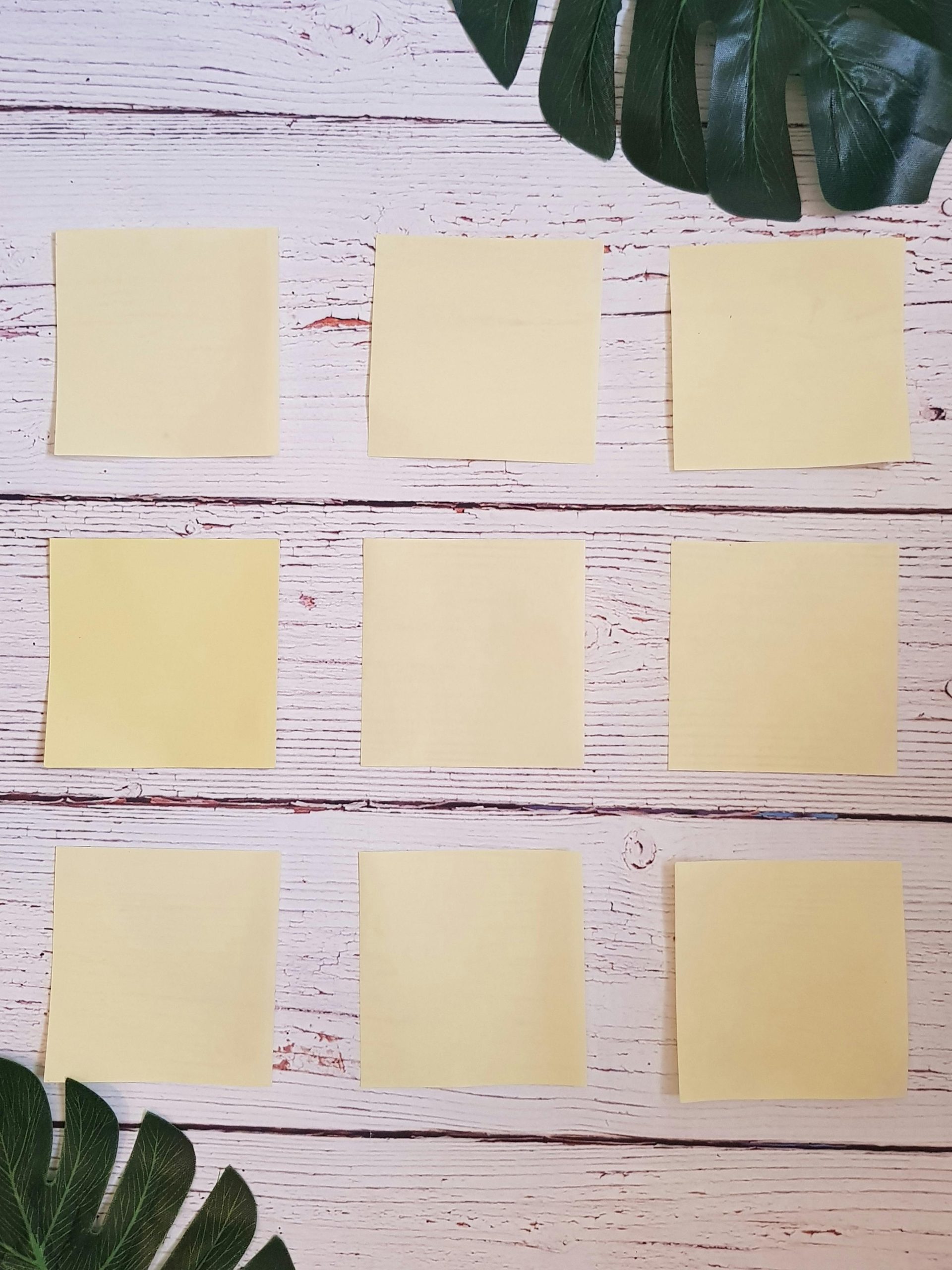Creating a Sticky, Interactive Side Panel Effect on Your Website
In modern web design, dynamic layouts that respond to user scrolling can significantly enhance engagement and user experience. One such effect involves having a specific section of your webpage—that remains fixed or “sticky”—while other parts scroll behind it, ideally changing content or visuals as the user navigates through different sections.
Recently, I came across an intriguing example from Stripe’s website, where a side panel or illustration updates in sync with scroll position, creating a seamless and engaging visual storytelling experience. For reference, you can see the effect in action here: Video demonstration.
Understanding the Effect
The core of this effect is a split layout, typically with two columns:
– Left column: Contains the main content or sections the user scrolls through.
– Right column: Contains a visual or animated element that reacts to the scroll position, updating as different sections come into view.
In this specific implementation, the right portion is “sticky,” meaning it remains fixed within the viewport during scrolling, but its content or visual changes depending on which section the user is viewing.
Technical Approach
Reproducing this effect can be achieved using a combination of CSS for layout and positioning, along with JavaScript to track scroll position and update the visual content dynamically.
Step 1: Layout with CSS Grid or Flexbox
Using a modern layout system like CSS Grid or Flexbox is ideal for creating the split column structure. Example:
“`css
.container {
display: grid;
grid-template-columns: 1fr 1fr;
height: 100vh;
}
.content {
overflow-y: auto;
/ Left column styling /
}
.sticky-visual {
position: sticky;
top: 0;
height: 100vh;
/ Right column styling with sticky positioning /
}
“`
Step 2: Make the Right Portion Sticky
The position: sticky; property combined with top: 0; ensures that the right visual stays fixed within the viewport as the user scrolls through the left-side content.
Step 3: Synchronize Content Changes with Scroll
To change the visual content dynamically, attach JavaScript scroll event listeners to detect the current section in view. For example:
“`js
const sections = document.querySelectorAll(‘.section’);
const visual = document.querySelector(‘.sticky-visual’);
window.addEvent

